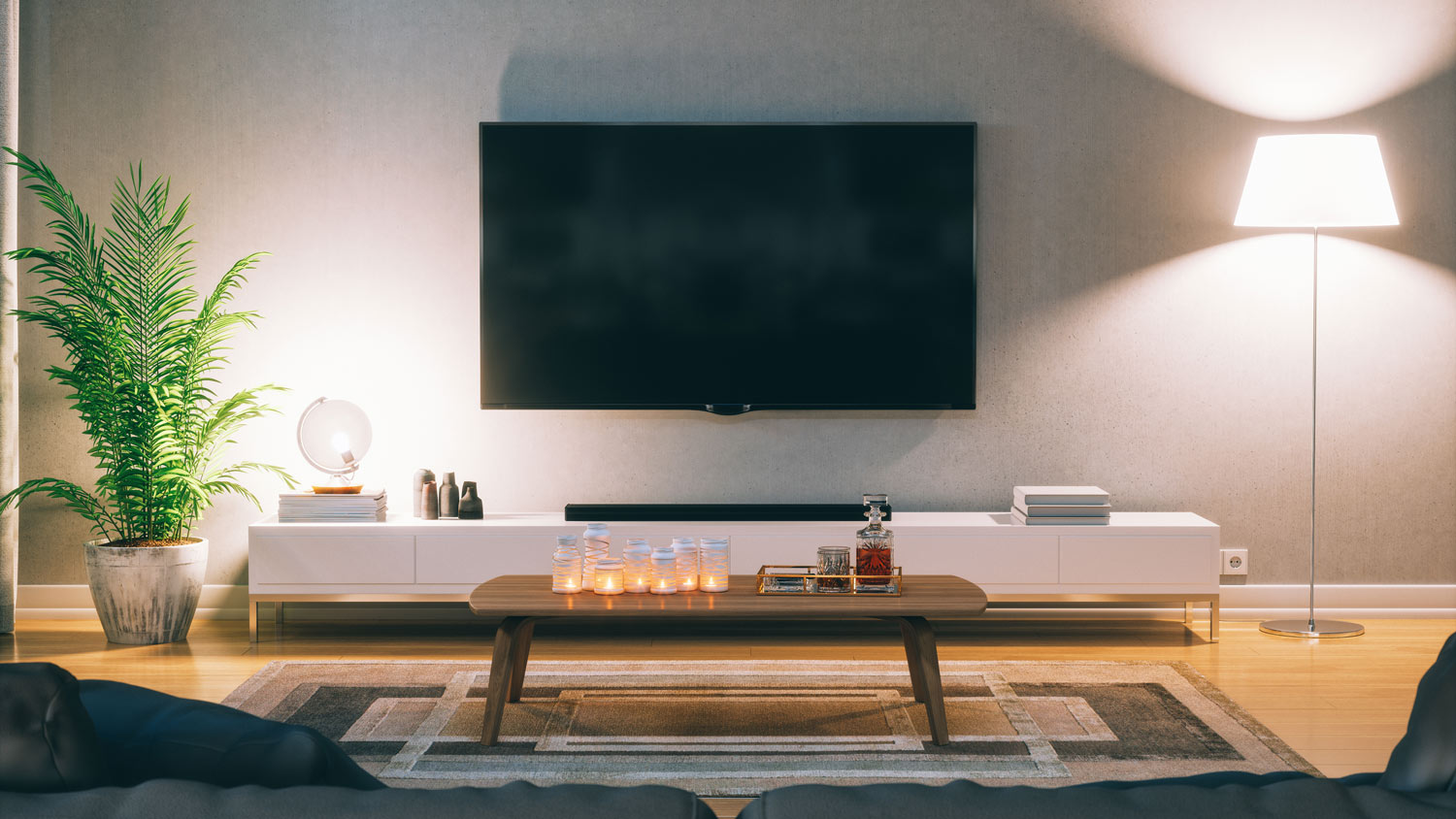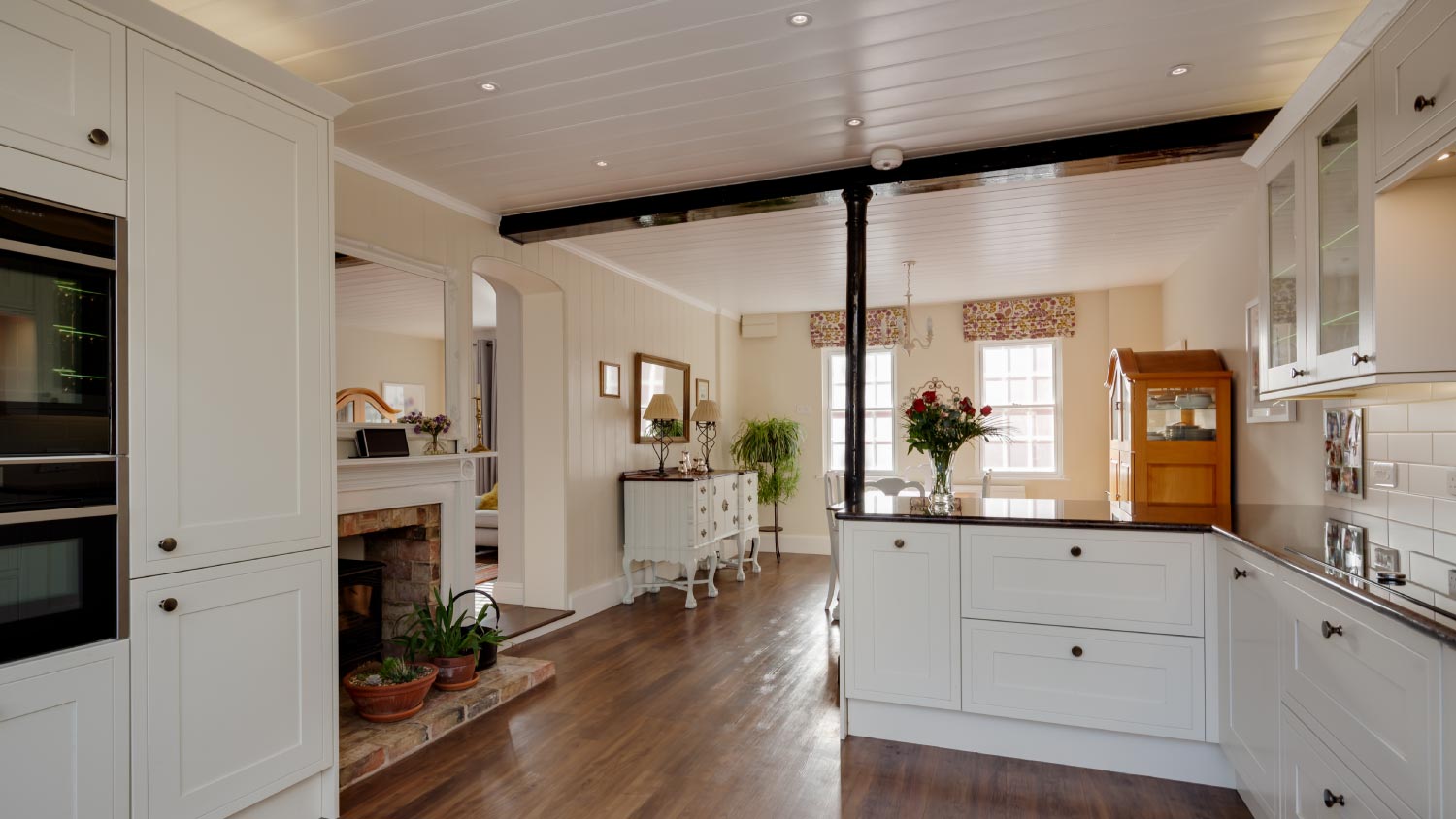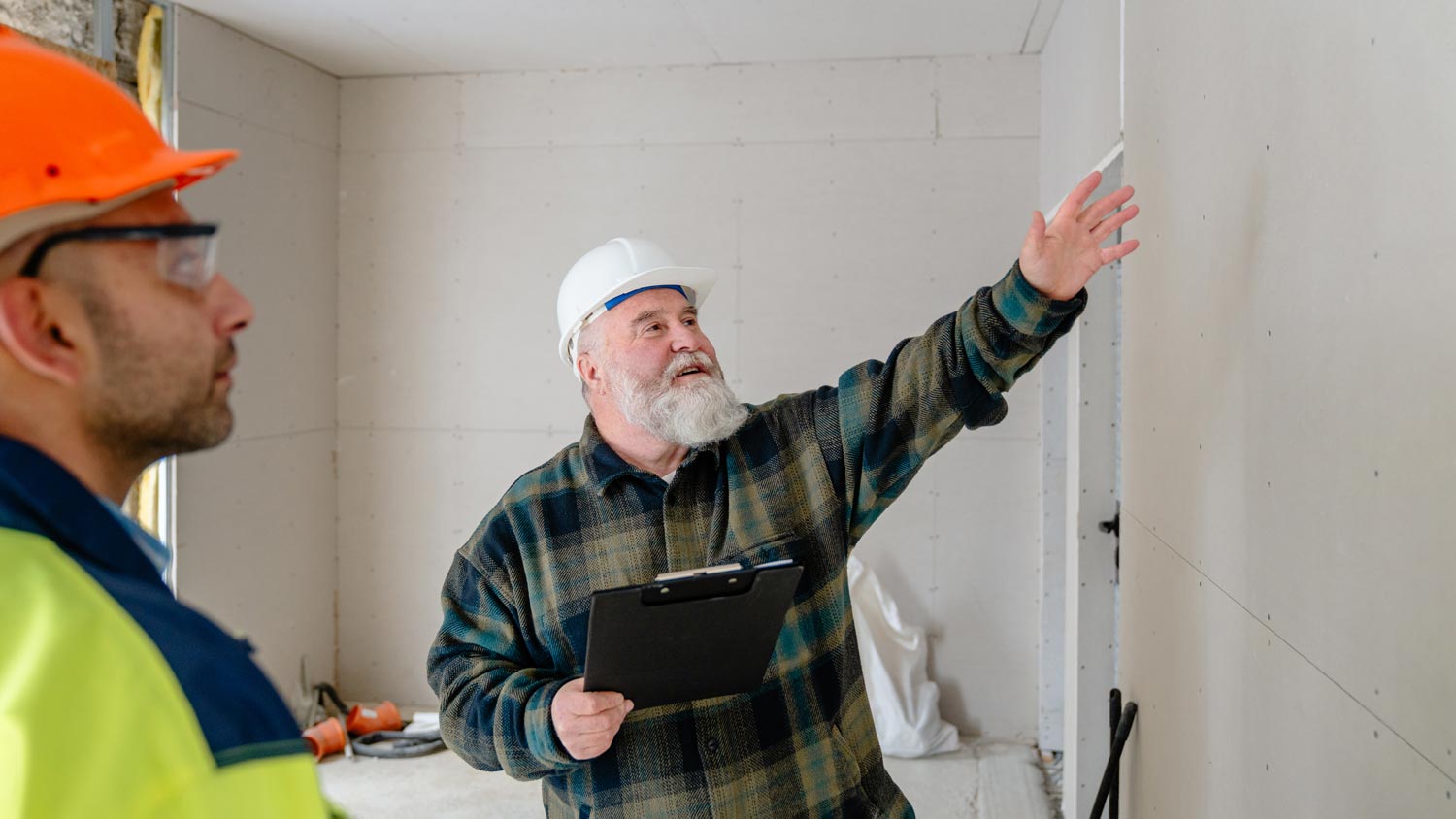
Get matched with top drywall pros in Brooklyn Park, MD
There are 38 highly-rated local drywall pros.
Need a pro for your drywall service project in Brooklyn Park, MD?
TRUSTED BY BROOKLYN PARK, MD HOMEOWNERS
4.5
Average homeowner rating191
Verified drywall services reviews
Verified Reviews for Drywall Service pros in Brooklyn Park, MD
*The Angi rating for Drywall Service companies in Brooklyn Park, MD is a rating based on verified reviews from our community of homeowners who have used these pros to meet their Drywall Service needs.
*The HomeAdvisor rating for Drywall Service companies in Brooklyn Park, MD is a rating based on verified reviews from our community of homeowners who have used these pros to meet their Drywall Service needs.
Last update on October 06, 2025
Find Drywall pros in Brooklyn Park
No results for Drywall in
Try adjusting your search criteria.The Brooklyn Park, MD homeowners’ guide to drywall services
From average costs to expert advice, get all the answers you need to get your job done.

The average TV mount installation cost typically falls between $157 and $359, depending on your wall type, and the size, weight, and mount type of your TV.

Installing drywall is the most common way to finish your home’s interior. Use this drywall installation cost guide to see what your project is likely to cost.

Installing beadboard ceilings is a great DIY project. Learn what to expect cost-wise from this project, whether removing or covering a popcorn ceiling.

As you prep for your next drywall project, you may be considering joint compound versus spackle. Here's how to decide which one is the best choice for you.

Use this pre-drywall inspection checklist to catch issues early and avoid costly repairs later. Build smarter with this must-have guide.

How much weight can drywall hold? It depends on a couple of factors, including where you mount the object and the hardware you use. Learn more in this guide.
- Brooklyn, MD Drywall pros
- Ferndale, MD Drywall pros
- Linthicum Heights, MD Drywall pros
- Linthicum, MD Drywall pros
- Curtis Bay, MD Drywall pros
- Halethorpe, MD Drywall pros
- Lansdowne, MD Drywall pros
- Arbutus, MD Drywall pros
- Glen Burnie, MD Drywall pros
- Baltimore, MD Drywall pros
- Edgemere, MD Drywall pros
- Sparrows Point, MD Drywall pros
- Highlandtown, MD Drywall pros
- Dundalk, MD Drywall pros
- Harmans, MD Drywall pros
- Hanover, MD Drywall pros
- Elkridge, MD Drywall pros
- Severn, MD Drywall pros
- Windsor Mill, MD Drywall pros
- Gwynn Oak, MD Drywall pros
- Woodlawn, MD Drywall pros
- Millersville, MD Drywall pros
- Arlington, MD Drywall pros
- Lake Shore, MD Drywall pros
- Pasadena, MD Drywall pros
- Riviera Beach, MD Drywall pros
- Summerfield, MD Drywall pros
- Lochearn, MD Drywall pros
- Catonsville, MD Drywall pros
- Rosedale, MD Drywall pros
- Plaster Repair in Brooklyn Park
- Asbestos Removal in Brooklyn Park
- Basement Remodel in Brooklyn Park
- Wallpapering in Brooklyn Park
- Mold Testing and Remediation in Brooklyn Park
- Wallpaper Removal in Brooklyn Park
- Interior Painting in Brooklyn Park
- Unfinished Carpentry in Brooklyn Park
- Water and Smoke Damage Repair in Brooklyn Park





